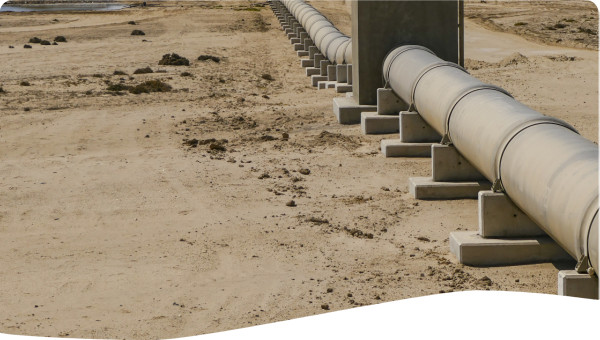This paper summarizes the key findings and conclusions of a literature review of small-scale private service providers (SPSPs) of water supply and electricity conducted over a six-month period in 2003. It draws on more than 400 documents-including journals, articles, reports, case studies and project reports-which have been disaggregated and referenced in a publicly available database. SPSPs appear most prevalent in countries with low coverage levels, ineffective public utilities that provide inadequate or partial services, and remote, difficult-to-access regions. SPSPs are especially prevalent in post-conflict countries and others with weak or failed states. Of the countries for which evidence of SPSPs was available, at least half fall into this category. SPSP provision of networked services appears to be significantly higher for electricity than for water supply. Most SPSPs identified through the literature are single-purpose entities established for the express purpose of delivering water supply or electricity. SPSPs take a variety of organizational forms, both for-profit and non-profit. As such, they are established for a variety of reasons, including: to meet consumer demand, respond to crises, or as part of larger business ventures. The technology used may extend upstream from distribution services to the means for producing or generating water supply or electricity, so capital needs vary accordingly. The majority of SPSPs have fewer than 50 employees and usually fewer than 10. A lack of affordable financing is a constraint for most SPSPs, which fund investments mainly through their own earnings and savings, loans from friends and family, and money borrowed from formal and informal lenders.
Description / Abstract
Publication year
Publisher
Thematic Tagging
English
 Resource -
Resource -
